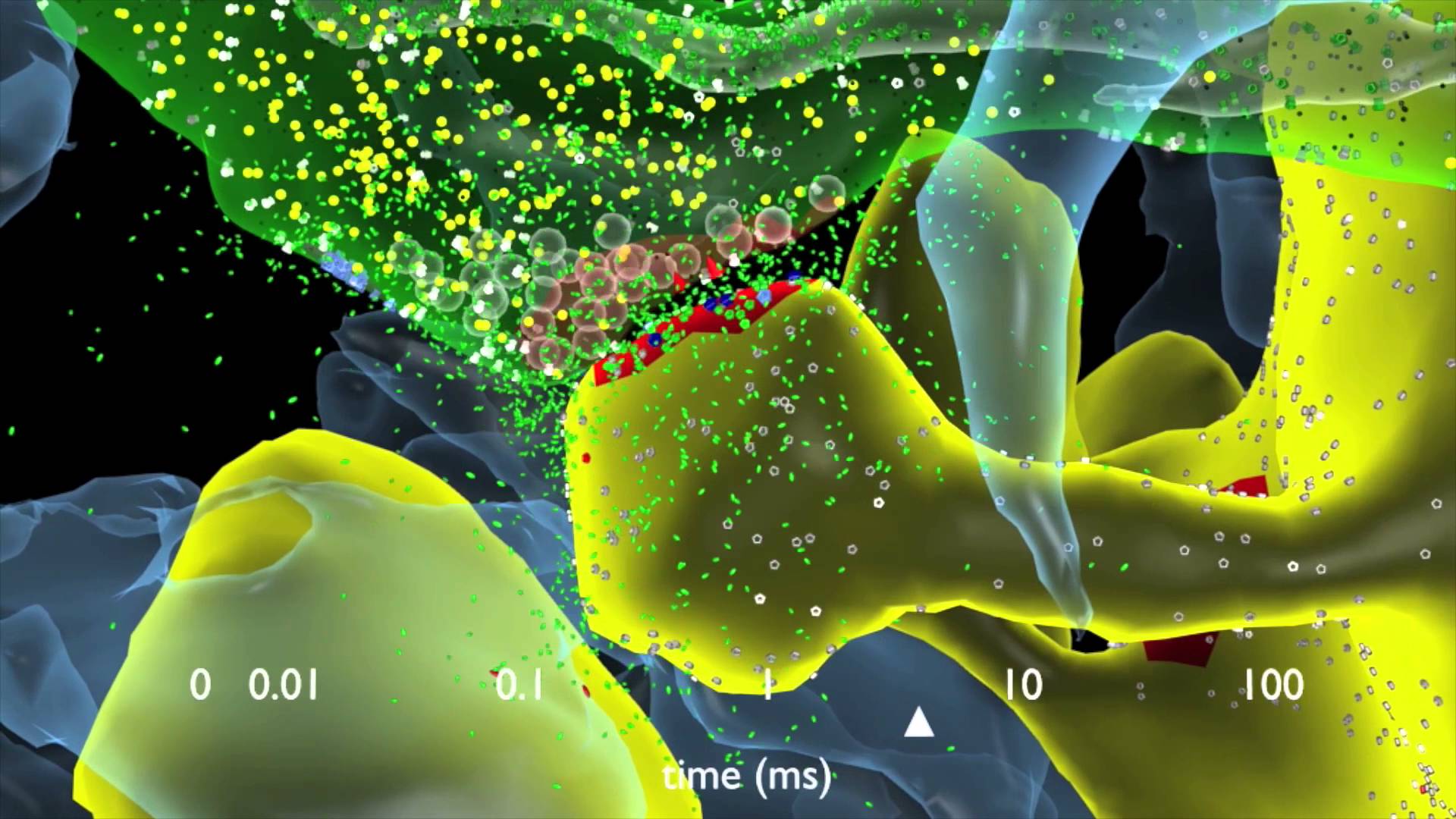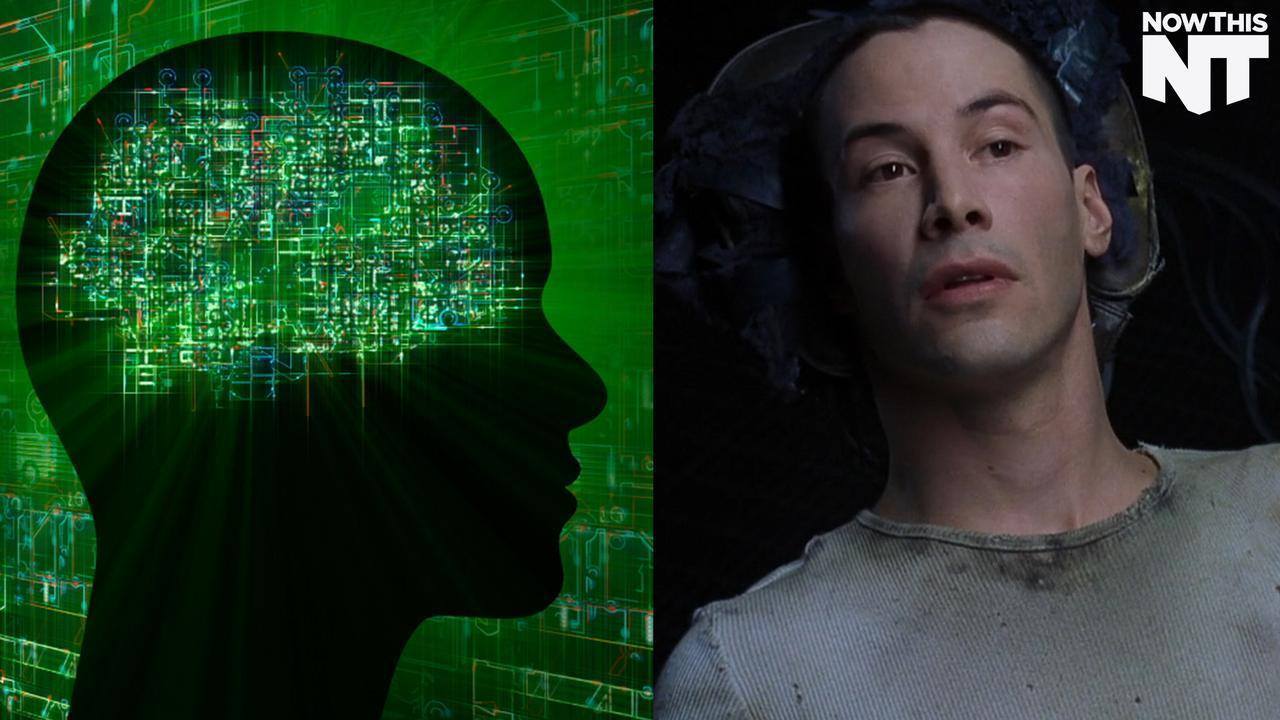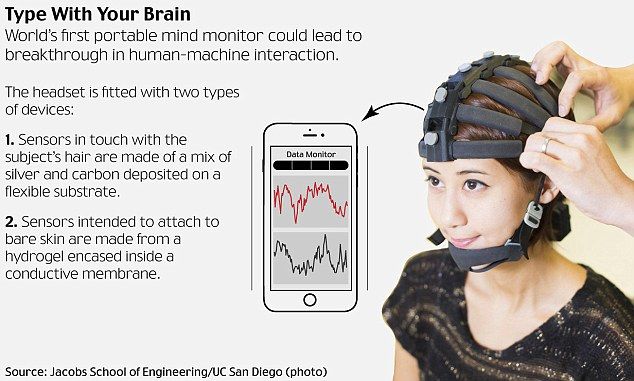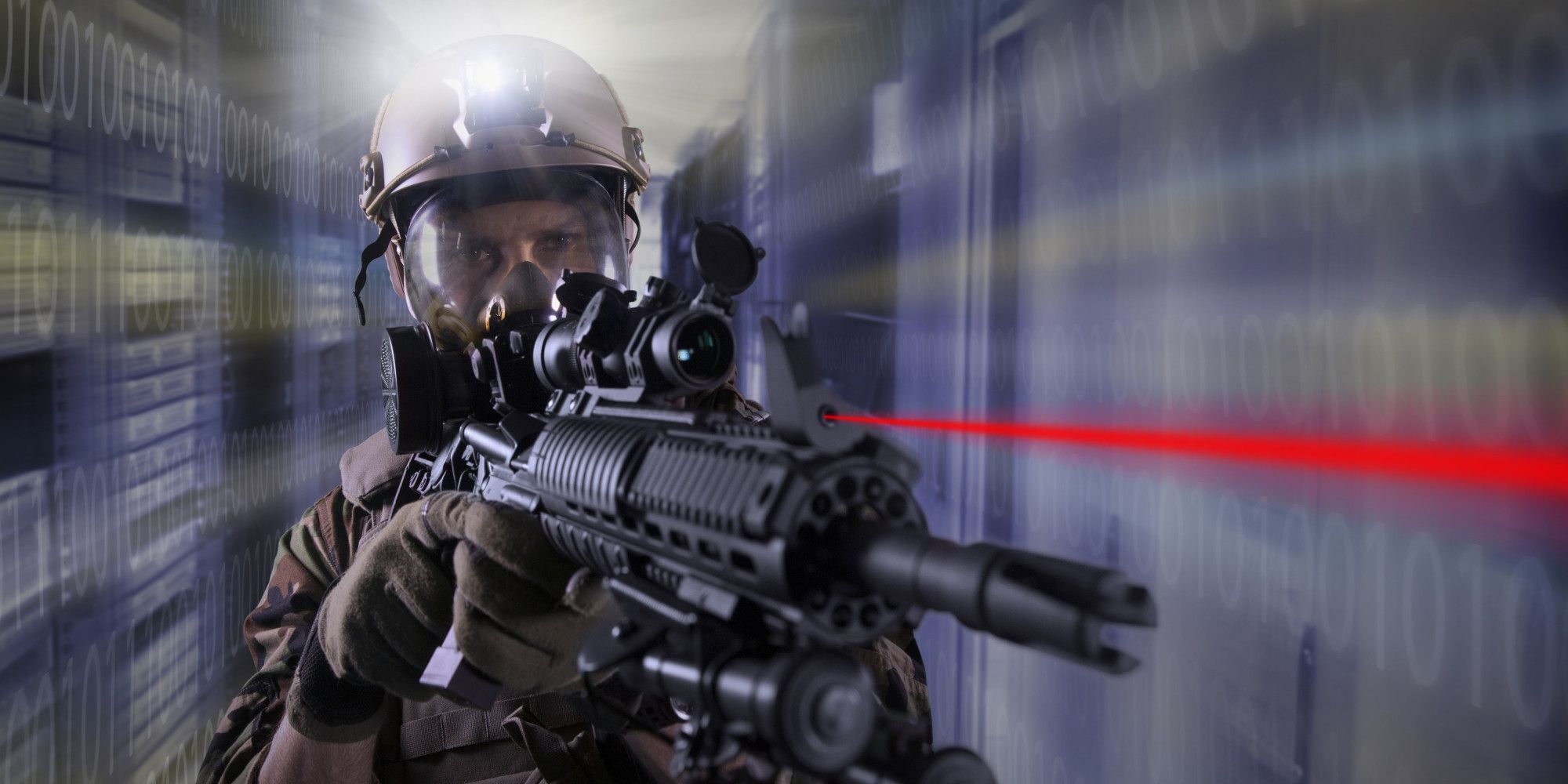Archive for the ‘computing’ category: Page 795
Jan 23, 2016
Researchers coax human stem cells to form complex tissues
Posted by Alexandros El in categories: biotech/medical, computing, engineering
The technique, which also has near-term implications for growing organ-like tissues on a chip, was developed by researchers at MIT and is unveiled in a study published today in the journal Nature Communications.
Growing organs on demand, using stem cells derived from patients themselves, could eliminate the lengthy wait that people in need of a transplant are often forced to endure before one becomes available.
It could also reduce the risk of a patient’s immune system rejecting the transplant, since the tissue would be grown from the patient’s own cells, according to Ron Weiss, professor of biological engineering at MIT, who led the research.
Jan 22, 2016
Type with your BRAIN: Mind monitor may lead to breakthrough in human-computer interaction
Posted by Karen Hurst in categories: computing, neuroscience, wearables
Wow — luv what the Univ. CA San Diego is doing & its portable too. 1 step forward for BMI possibilities.
Researchers claim they have developed the world’s first portable brain monitoring system that works as well as laboratory equipment. The feat was achieved by researchers at the University of California San Diego who created a 64-channel wearable brain monitor.
Jan 22, 2016
DARPA’s to-be built wetware to prove immensely beneficial in medicine field
Posted by Karen Hurst in categories: biotech/medical, business, computing, electronics, engineering, health, neuroscience, supercomputing, transportation
BMI is an area that will only explode when the first set of successful tests are presented to the public. I suggest investors, technologists, and researchers keep an eye on this one because it’s own impact to the world is truly inmense especially when you realize BMI changes everything in who we view how we process and connect with others, business, our homes, public services, transportation, healthcare, etc.
Implantable brain-machine interfaces (BMI) that will allow their users to control computers with thoughts alone will soon going to be a reality. DARPA has announced its plans to make such wetware. The interface would not be more than two nickels placed one on the other.
These implantable chips as per the DARPA will ‘open the channel between the human brain and modern electronics’. Though DARPA researchers have earlier also made few attempts to come up with a brain-machine interface, previous versions were having limited working.
Continue reading “DARPA’s to-be built wetware to prove immensely beneficial in medicine field” »
Jan 22, 2016
Apple hires virtual and augmented reality tech expert: Report
Posted by Karen Hurst in categories: augmented reality, computing, finance, mobile phones, virtual reality, wearables
Virginia Tech’s Professor Doug Bowman comes to Apple to make VR. This should be very interesting since he won the research grant to work on the “Hololens” — could be interesting.
According to a report in the Financial Times, Apple has hired one of the leading experts on virtual and augmented reality — Virginia Tech computer science professor Doug Bowman. He was recently listed among grant winners for HoloLens research projects and is skilled in creating 3D user interfaces, reports Endgadget. He has also co-authored a book called 3D User Interfaces Theory and Practice.
He’s been working on technologies such as wearable displays and full surround display prototypes at Virginia Tech.
Continue reading “Apple hires virtual and augmented reality tech expert: Report” »
Jan 21, 2016
Why you should be scared of robots
Posted by Karen Hurst in categories: biotech/medical, business, computing, finance, habitats, health, robotics/AI, security, singularity
Another article highlighting the fears around Singularity. There are so many great things that will come from Singularity such as Cancer is wiped out, improved healthcare across the board and cheaper, etc. And, there are also downsides as Gates, Musk, etc. have warned folks especially around AI.
So, what are our options and obligations around Singularity? In reality, you will not be able to stop this evolution from happening. However, each person has a right to decide how much singularity is right for their own private use. As a business or a company, there are many things to consider such as Total Cost of Ownership v. ROI, tax codes or how government will view “humanoids” v. non-humanoids as it relates to CapEx and Taxes, etc. And, the company or business needs to ensure that there are appropriate safegaurds in place in order to protect their data, etc… Also, government has an obligation to the people in general in safegaurding our rights, security, and safety.
Another, question that will continue to be raised and will increase overtime is government and business obligations to the financial welfare of the people. And, this one will become more and more complex and interesting overtime. If AI was to truly displace millions of workers; how will the countries help feed, clothe, and house millions displaced people beyond what they have done in their own country’s past? Will the countries government place a special tax structure on companies and businesses to help fund the displaced workers and their families? Or, will it be a joint partnership with business and government? It does make one wonder.
Jan 21, 2016
So The US Military Are Actually Working On A Way For Cyborg Soldiers To ‘Enter The Matrix’
Posted by Shailesh Prasad in categories: computing, cyborgs, military
The US Military’s experimental research division DARPA have confirmed that they’re to begin work on the world’s first human computer interface. This would effectively allow soldier ‘cyborgs’ to connect directly to computers and ‘talk’ to them.
Jan 21, 2016
Memory capacity of brain is 10 times more than previously thought
Posted by Montie Adkins in categories: bioengineering, computing, neuroscience

In a computational reconstruction of brain tissue in the hippocampus, Salk and UT-Austin scientists found the unusual occurrence of two synapses from the axon of one neuron (translucent black strip) forming onto two spines on the same dendrite of a second neuron (yellow). Separate terminals from one neuron’s axon are shown in synaptic contact with two spines (arrows) on the same dendrite of a second neuron in the hippocampus. The spine head volumes, synaptic contact areas (red), neck diameters (gray) and number of presynaptic vesicles (white spheres) of these two synapses are almost identical. (credit: Salk Institute)
Salk researchers and collaborators have achieved critical insight into the size of neural connections, putting the memory capacity of the brain far higher than common estimates. The new work also answers a longstanding question as to how the brain is so energy efficient, and could help engineers build computers that are incredibly powerful but also conserve energy.
Continue reading “Memory capacity of brain is 10 times more than previously thought” »
Jan 20, 2016
Google is Back in the Virtual Reality Competition
Posted by Shailesh Prasad in categories: business, computing, virtual reality
Google is shifting employee responsibilities and forming its own dedicated division for virtual reality computing.
Google is forming its own dedicated division for virtual reality computing, promising some intense competition for Facebook and Microsoft.
Not only has CEO Sundar Pichai moved over a key deputy to run it, but the move also signals Google’s intent to build a viable enterprise business. Because with the executive shift, Google’s massive consumer Web applications now fall under incoming SVP Diane Greene.
Jan 20, 2016
Breakthrough in direct conversion of human cells from one type to another
Posted by Shailesh Prasad in categories: biotech/medical, computing, innovation
Scientists have developed a computer system that predicts the reprogramming factors necessary to convert human cells from one type to another, without the need for trial and error.















